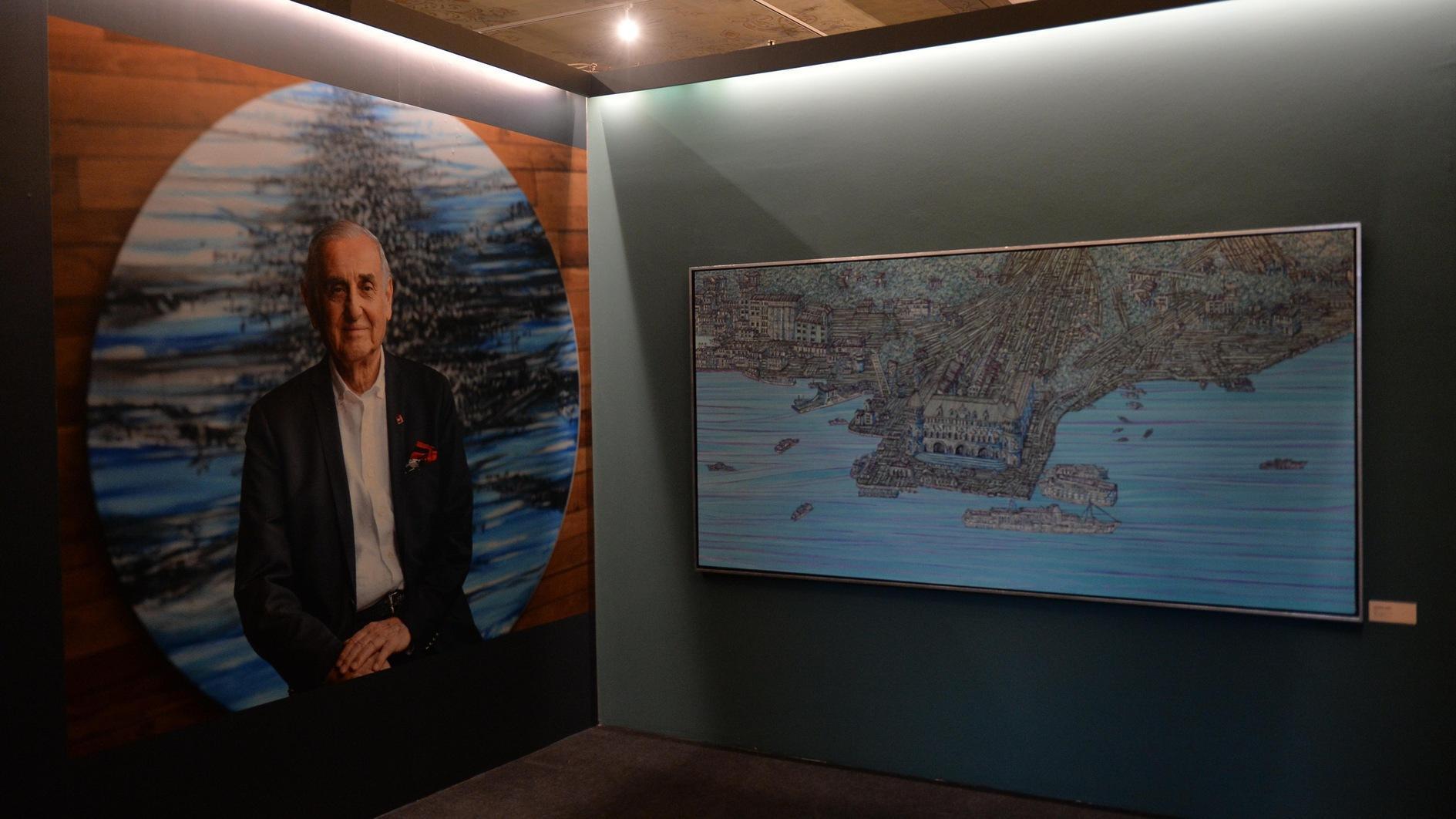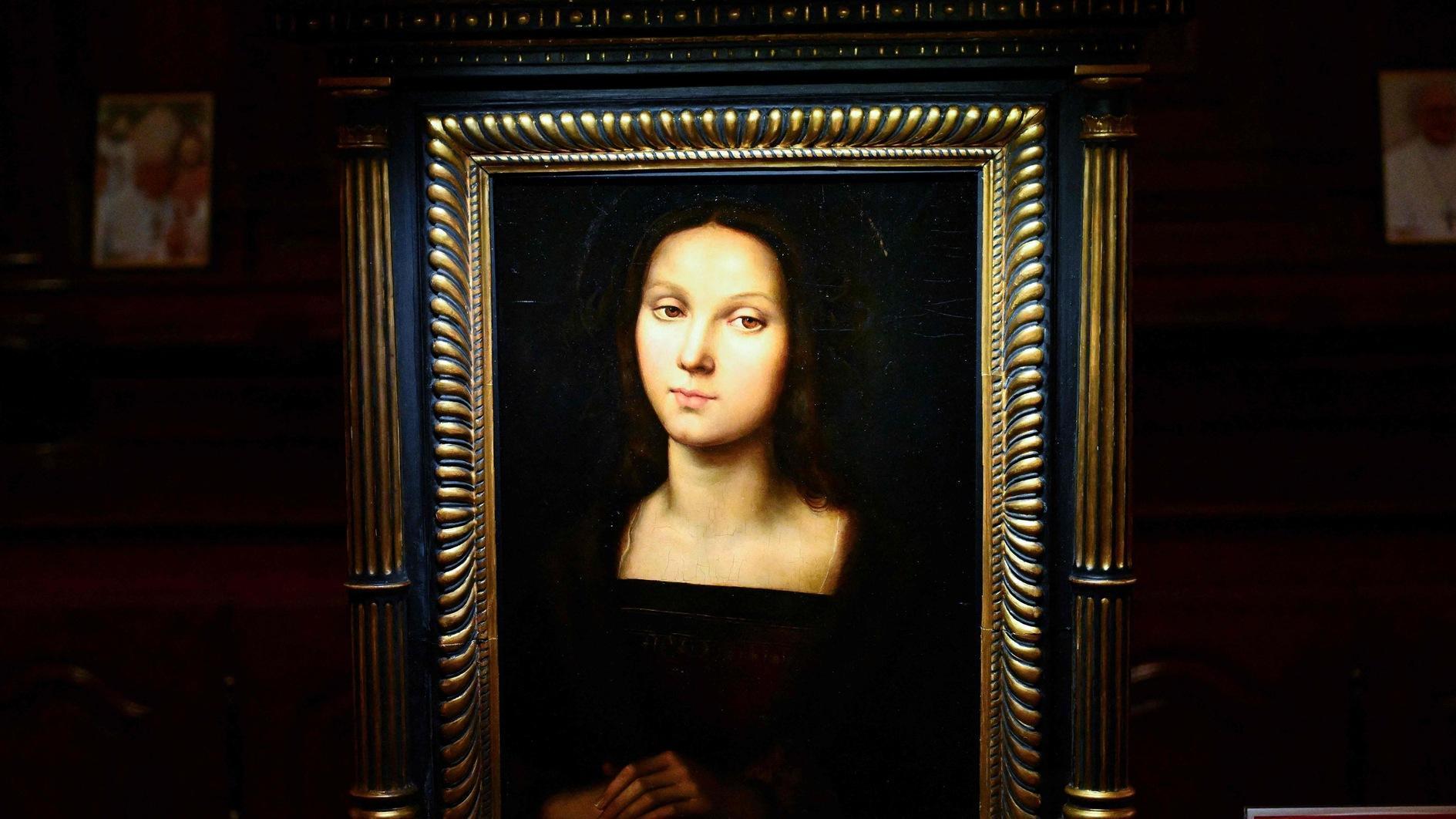Women in Ottoman society
Hürriyet Daily News

In the Ottoman Empire a mother’s position was enhanced by bearing a son, for whom she was charged with finding a suitable marriage partner.
March 8 was International Women’s Day, with events held around the world. The day would have shocked the women in Ottoman society with its calls for the advancement of women, equal opportunity, equal pay and the like. Religious law and Islamic custom decreed that women had certain roles to play, and these roles were enforced.Women had rights regarding inheritance, marriage, divorce and the like which they had not had prior to the introduction of Islam, and although men had authority over women, the latter could go to court to challenge actions that deviated from religious prescriptions and often won these cases.
The situation of women in Ottoman Empire
The situation in the Ottoman Empire was no different. There were the less wealthy people who could not afford more than one wife and who usually lived as a family group – parents, married couple, children and possibly other dependents such as foster children and in some instances servants who were considered part of the family. With limited means, it was impossible to have a harem and more than one wife, and in any case polygamy was frowned upon among the Ottomans. Prof. Dr. Ilber Ortaylı has noted that in the 16th century Solomon Schweigger, a Catholic priest who traveled through Turkey and translated the Qur’an for the first time into a modern European language, reported: “The Turks govern the world and their wives govern them. In no other country women do enjoy themselves as much.” This is further confirmed in the early 18th century letters of Lady Mary Wortley-Montague, in which she exclaims that nowhere else are women as free as they are in the Ottoman Empire.
A wife likely was unable to stay inside the home because of the need for her to provide food and other necessities for the family. She might also be involved in the family business, such as helping run a grocery store or by working at home earning money by knitting, embroidering, weaving or knotting carpets. Neighboring women might band together to go to the market or the hamam or even on a picnic outing. Weddings and funerals provided occasions for a woman to get out of the house. The wife ruled the household unless the husband’s mother was present and then it was the latter who was most likely in charge. A mother’s position would be enhanced by bearing a son and she would be charged with finding a suitable marriage partner.

The situation was considerably different where the Ottoman imperial family and wealthy members of the ruling class were involved. Women were more likely to be secluded in harems and, if they went out, it was always with an escort. This applied to the female members of the Ottoman dynasty and their entourage would consist of soldiers and eunuchs. The valide sultan (mother of the sultan) often had a separate palace in Eyüp and later, along the Bosphorus. When a sultan’s sister or daughter was married to a high-ranking official, that man was expected to build or at least supply a palace for his wife. For instance when Sultan Ahmed III married his daughter Fatma off to Silahtar Ali Pasa, the latter built a new palace for his perspective bride. We know also that Ahmed III’s mother had a palace in Eyüp where members of the state council would meet informally for discussions, rather than hold them at Topkapı Palace in the possible presence of the sultan.
These imperial women were by no means uneducated or uncultured - or sex slaves as ignorant Western Europeans preferred to think of them. The sultan’s daughters and other women who entered the imperial harem were taught about Islam and the Turkish language as well as reading, calligraphy, history and geography by some of the foremost teachers of the day. In addition, those who showed musical talent would be trained to use instruments and to sing and dance. Some of the other women who didn’t have talent and didn’t attract the sultan’s interest would be given other duties, such as serving the valide sultan or one of the sultan’s daughters, or perhaps even supervising the administration of the harem. When a woman had fulfilled her time – usually when she was 25 – she would be given a dowry and married to a member of the palace’s Janissary corps who was assigned to duties outside the court. This was no disgrace, and even allowed her to keep her connections with the other women in the harem.
The power of Valide Sultan
The valide sultan and the sultan’s wives and daughters were assigned properties that provided income and with that income they often engaged in charitable works. For instance, the Yeni Camii was started by one valide sultan and finished by another. They also took an interest in Mecca, Medina and Jerusalem, helping with buildings, providing salaries for caretakers and ensuring water supplies. They were also responsible for much of the annual caravan that took gifts and money [for upkeep] to the two holy cities of Islam, and sometimes even helped make the covering for the Kaaba. When the women died, their estates reverted to the Ottoman treasury.
In the 19th century, the Ottomans increasingly fell under the influence of European ideas and change inevitably occurred, even for the women of the Ottomans.
















